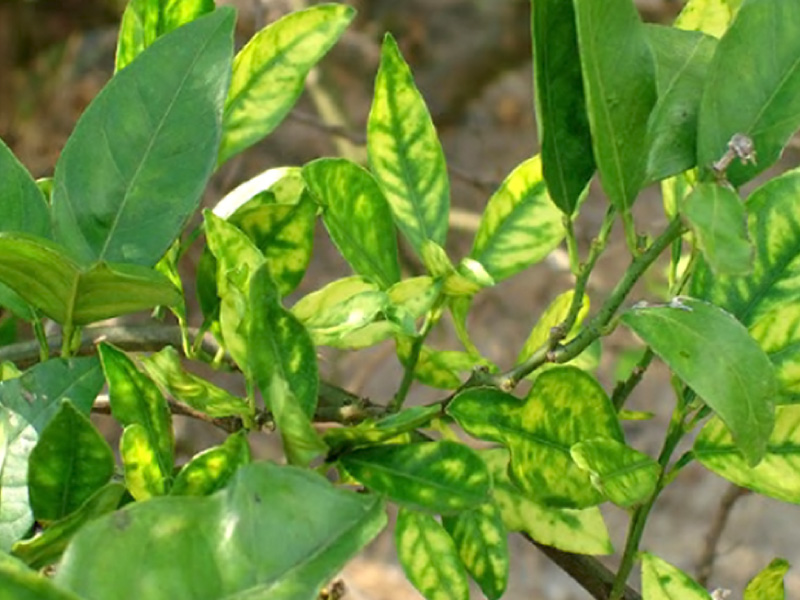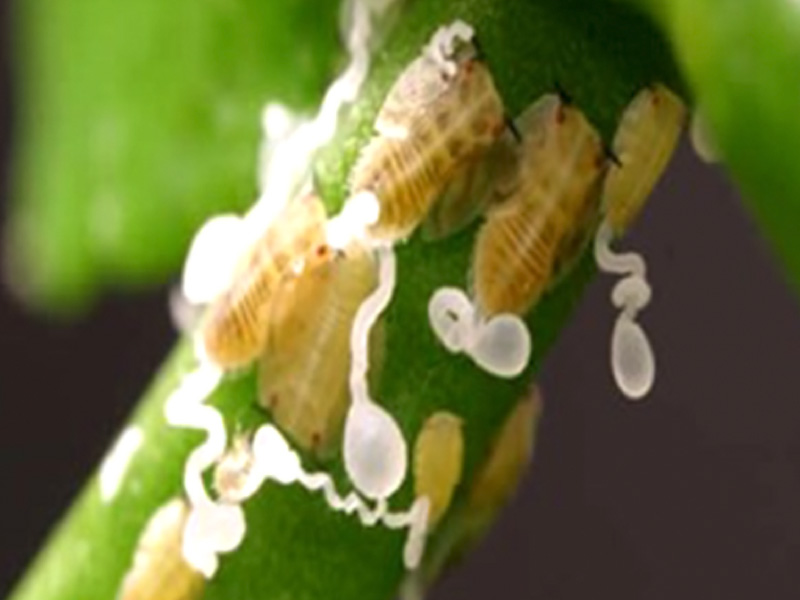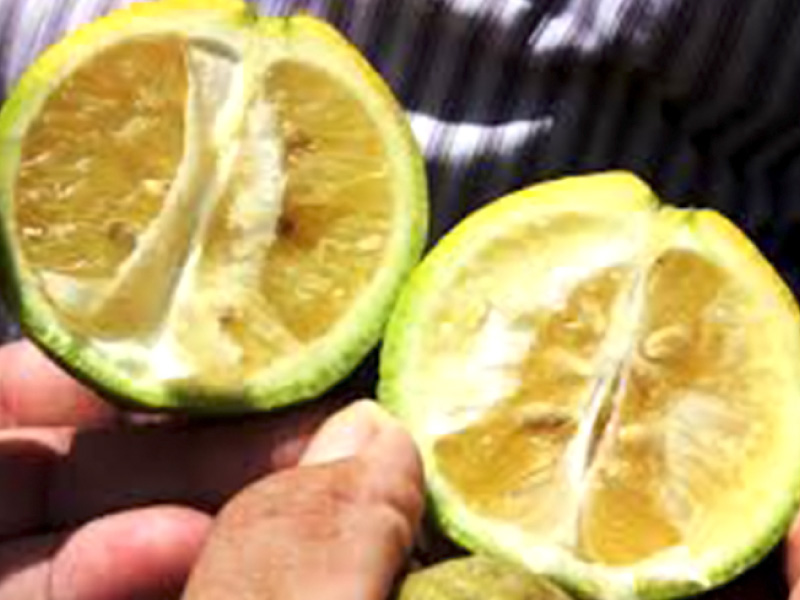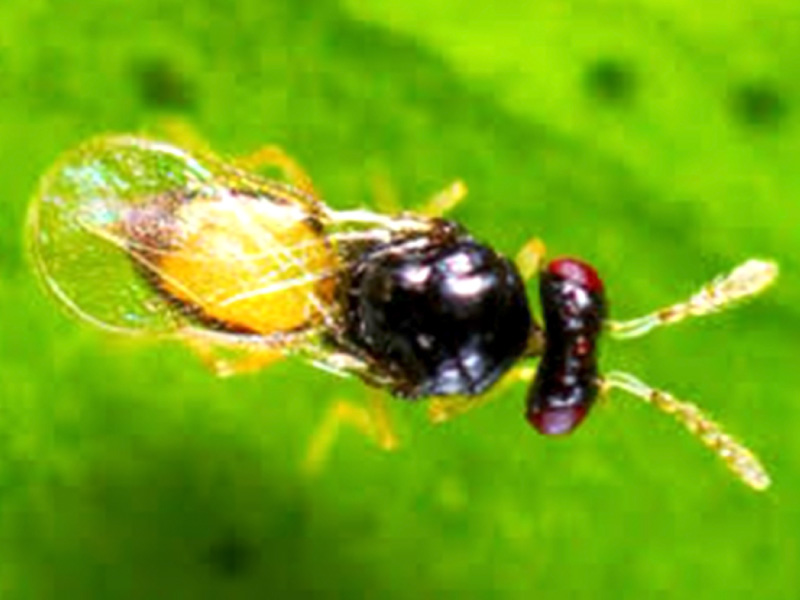20 May Huanglongbing (HLB)
Huanglongbing (HLB)
HLB is a lethal disease produced by a bacterium of the Candidatus Liberibacter genus and transmitted by the psyllid Diaphorina citri that affects citrus, obstructing the transport of nutrients in the plant. The spread of the disease can be avoided by preventing its re-entry into the country and by biologically controlling populations of D. citri with its ectoparasitoid Tamarixia radiata.
Global citrus cultivation is currently threatened by the HLB. Argentina is the leading exporter of lemons and the eighth largest producer of citrus, generating an annual production of US$ 1,160 million and employing 250,000 workers.
HLB can be controlled with T. radiata, a parasitoid of D. citri. Both are established species in the country, while the phytosanitary condition of the bacteria is «Present Quarantine Pest» under official control. Genetic studies in Mexico have shown the presence of five mitochondrial haplotypes (COI) of T. radiata with different efficacy in their ability to reduce D. citri populations. So far, the haplotypes present in Argentina have not been determined; and only one mitochondrial haplotype for D. citri (COI) is known.
The objective is to genetically characterize the populations of T. radiata present in Argentina through the study of their population structure and correlation with the known population structure of the vector D. citri.
Staff:
Guillermo Logarzo, Nadia Jiménez
Collaborators:
Esteban Hasson, Daniel Poveda-Martinez; FCEyN, UBA
Juan Pedro Bouvet; EEA INTA Cooncordia
María Elena Schapovaloff, Alejandra Badaracco; EEA INTA Montecarlo
Máximo Raúl Alcides Aguirre; EEA INTA Bella Vista
Silvia Norma Tapia, EEA INTA Yuto







